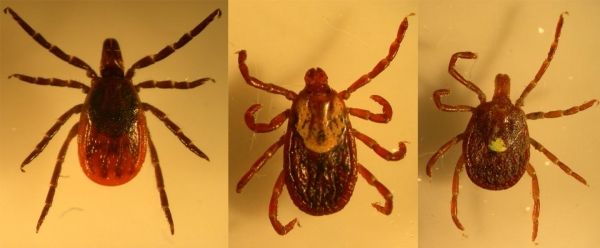In a study published in mBio, a journal of the American Society for Microbiology, Jorge Benach and Rafal Tokarz, and their co-authors at Stony Brook University and Columbia University reported on the prevalence of multiple agents capable of causing human disease that are present in three species of ticks in Long Island.
Tick-borne diseases have become a worldwide threat to public health. In the United States, cases more than doubled, from 22,000 in 2004 to more than 48,000 in 2016, according to the U.S. Centers for Disease Control. Tick-borne diseases range from subclinical to fatal infections with disproportionate incidence in children or the elderly. Moreover, some infections can also be transmitted by blood transfusions and cause severe disease in patients with underlying disorders. While public attention has focused on Lyme disease, in recent years, scientists have uncovered evidence that ticks can carry several different pathogens capable of several different tick-borne diseases, sometimes in a single tick.
In the new study, researchers collected ticks from multiple locations throughout Suffolk County in the central and eastern part of Long Island, where seven diseases caused by microbes transmitted by ticks are present. In total, they examined 1,633 individual ticks for 12 separate microbes. They found that more than half of the Ixodes (deer ticks) were infected with the Lyme disease agent, followed by infections with the agents of Babesiosis and Anaplasmosis. Importantly, nearly one-quarter of these ticks are infected with more than one agent, resulting in the possibility of simultaneous transmission from a single tick bite.
Read more at Columbia University's Mailman School of Public Health
Image: Three primary human-biting tick species present on Long Island were examined in this study. Left -- blacklegged tick also known as the deer tick, middle -- the American dog tick, right -- the lone star tick. (Credit: Santiago Sanchez-Vicente, Stony Brook University)


